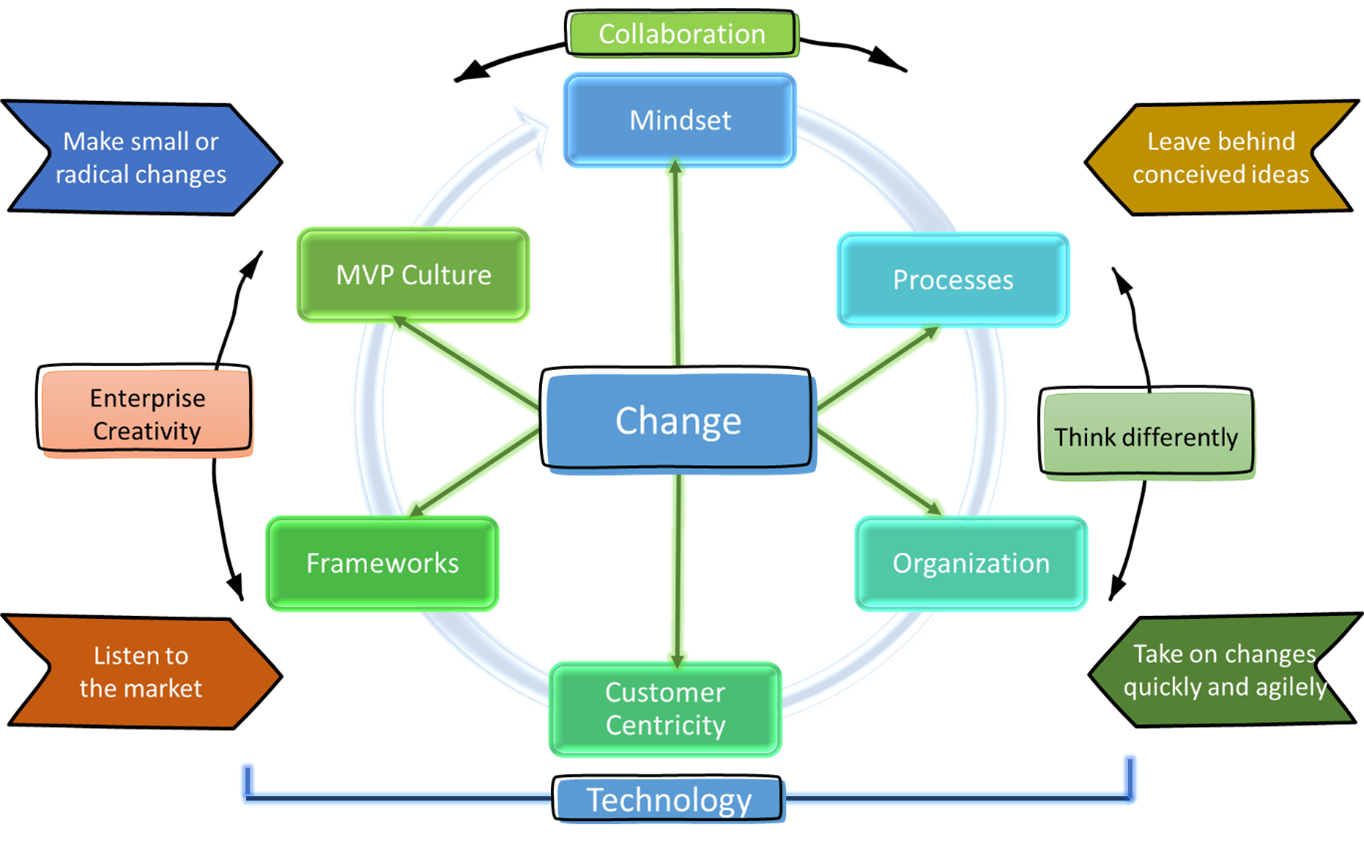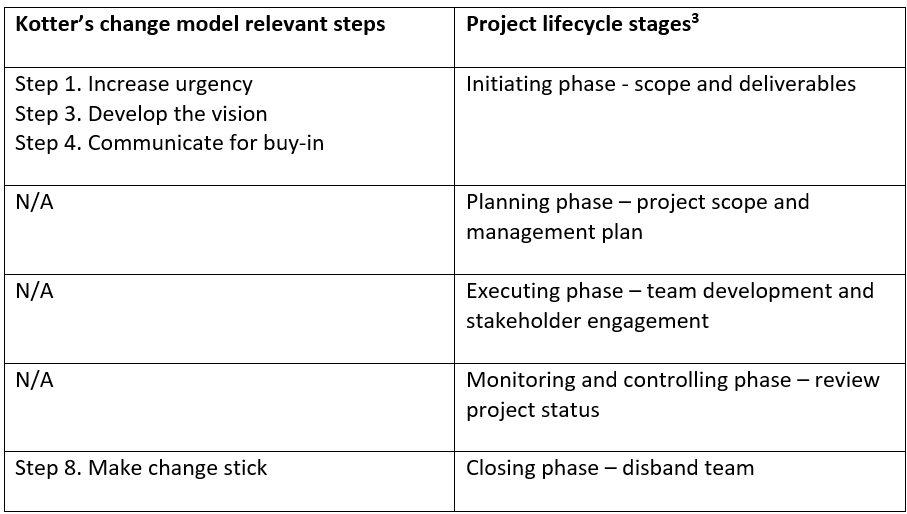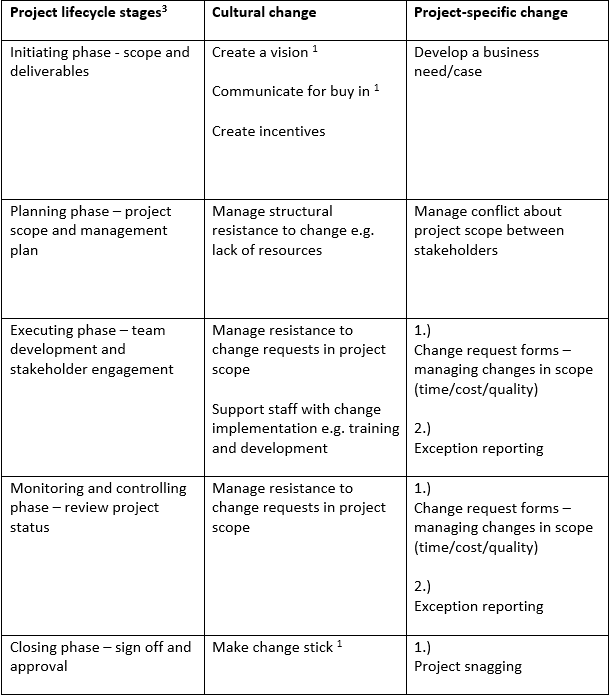Do I Hear an Amen?
Subconscious biases and habits of mind dominate or influence 85% to 95% of our emotions, judgments, reactions, decisions, behaviors, actions, and results.
What’s your reaction to what you just read?
When I heard that during WBECS’s coaching education platform led by Peter Demarest, a thought leader in the integration of axiology and neuroscience, I was surprised. I knew that the subconscious had a lot of influence on us. I was not ready to hear that our sub-conscience has this much influence!
Knowing this now, I was challenged with the following: how can I use my mind to keep my head from undermining the wisdom of my heart so that I can be my best self and live my best life and help others do the same?
In other words, how can we change, expand, and influence our thinking so we play in the A Game of our abilities?
The answer is unequivocally this: by tuning into our hearts, which encompasses all the values that we deem important.
Our values are the driving factors of our success.
We all have values we believe in. Yet how often do we not live up to the values that we hold in high esteem? How often do we react based on our perceptions, beliefs, and judgments and our values fly out the door?
One client recently shared with me that courage and bravery were one of her top values. Yet, she was paralyzed in making decisions and moving forward. Another client shared that their relationship with family was top value, yet they were describing a 16-hour professional workday and the need to cancel a family vacation. And it is not only these two clients. We all at times “trip over our own values.”
Perhaps an important question is how we access more of our brain capacity and awareness of self. In Demarest’s book, The Central Question of Life, Love and Leadership, he focuses on the one question that I often use in my own life, especially when working with individuals and teams:
What choice can I make and what action can I take at this moment to create the greatest net value?
We all make daily choices. How do we know, however, that the choice we make today will lead us to our desired outcome?
In my practice, I have coined the acronym AMEN to CORE, a 4-step principle that when practiced consistently over time creates a value base success for individuals and organizations.
Advertisement
[widget id=”custom_html-68″]
A stand for Awareness of life and awareness of your purpose, whether individual or organizational. What are you here to achieve? What is the reason that leads you to think that? What are you becoming aware of if you allow this quiet contemplation to brew in your mind? What do you hear as the whispering of your soul?
Men stand for Mental Fitness. The idea of being mentally trained follows not only being aware of what sabotages you but the ways you can lean into your sage perspective, which advocates that every outcome can be turned into a gift and opportunity if we let it! The choices that we make have an immeasurable impact on our future. Mental Fitness provides us with a quicker recovery from the choices that led us to an undesirable path and opens our minds with curiosity to discover other available choices.
CO stands for Communication. Measure how you speak and how you listen. How coherent are you in your approach? How do you communicate your contribution to maximize your impact?
RE stands for Resilience. How committed are you to the path that you create or agree to pursue? What are the ways you are not only accountable but also responsible for achieving your goals and purpose? How consistent and persistent are you?
Let’s go back and ask Peter’s central question. What choice can I make and what action can I take at this moment to create the greatest net value? The stronger your mental muscle the more effective your results will be.
And here is the big one-million-dollar question- how do you get there?
When working on your awareness, consider the following:
- What do I believe in? What are the values I regard as my north star? (I suggest taking a value-based assessment).
- What attributes do I need to develop so that I can live my values proudly?
- What tendencies do I have that may undermine my effectiveness? What triggers them?
- Knowing that you are triggered by _____. What can you do to bring a more value-based perspective to ______? What would stop you?
- What value are you committing to living out today?
When conversing with others, use the following three short techniques to begin a conversation without judgment:
- Turn “should” to “could.” How would you feel if someone told you “John, you should do ______ and you should do ______?” Replacing “should” with “could” has the potential to minimize the judgmental tone of your request.
- Replace “why” with “what.” “Why did you do that?” “Why are you___?” may make others feel defensive. Instead, consider asking “what about this situation made you feel ____? What were you hoping to achieve when you did ____?
When we change and broaden our thinking, our perspectives, beliefs, and habits change. When we make choices based on our values, we end up living our purpose. When we consider what happened and ask ourselves, “What now?” we bring our A Game wherever we go!







